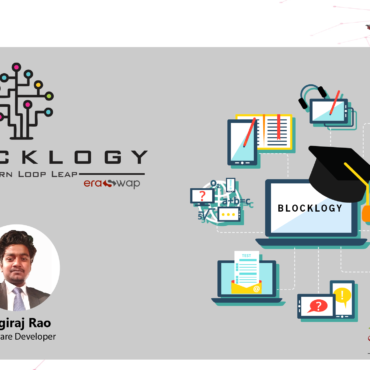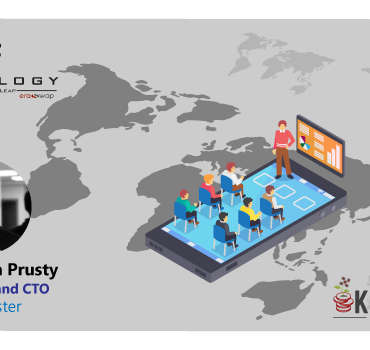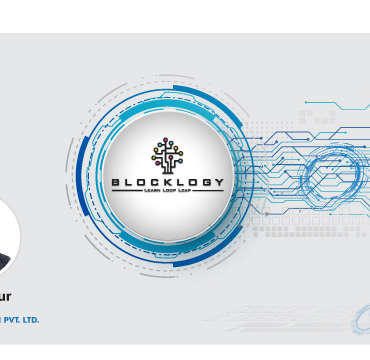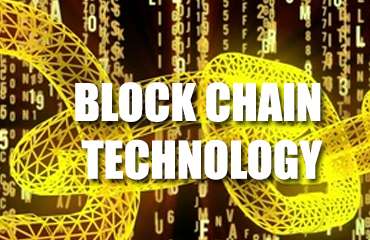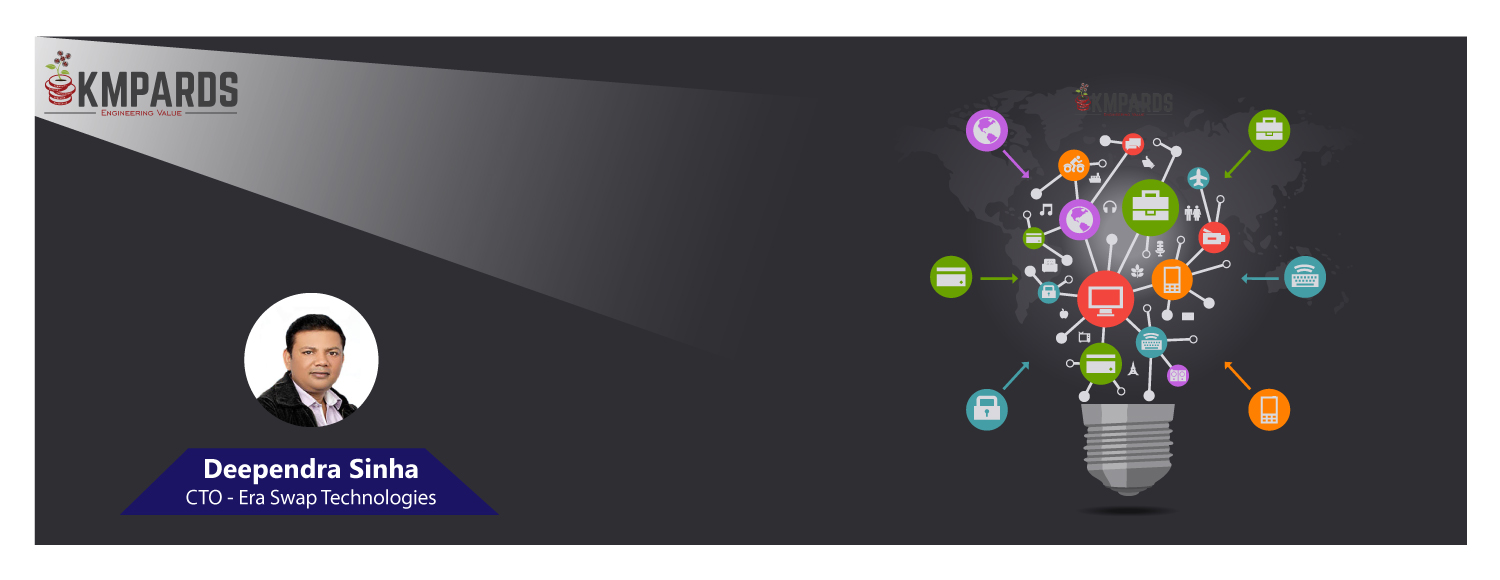
Blockchain is a distributed ledger system with a growing list of records, called blocks, which are linked using cryptography. Each block contains a cryptographic hash of the previous block, a timestamp, and transaction data.
A blockchain is typically managed by a peer-to-peer network collectively adhering to a protocol for inter-node communication and validating new blocks. Due to high Byzantine fault tolerance, the data, once recorded in any given block, cannot be altered retroactively without alteration of all subsequent blocks, which requires consensus of the network majority.
By storing data across its peer-to-peer network, the blockchain provides decentralization and eliminates central point of failure. Every node in a decentralized system has a copy of the blockchain. No centralized “official” copy exists and no user is “trusted” more than any other.
Blockchain platforms vary from one another due to its implementation style. A good distributed ledger system can be assessed by the following metrics:
Scalability
The most important feature distinguishing different blockchain platforms is the ability to scale. There are two major factors affecting the scalability of a system.
A. Firstly, blockchain is a growing list of records which increases in size after every block. This in turns make blockchain more scalable and it keeps on growing.
B. Secondly, the transaction time, often referred to as block-time, defines the frequency at which transactions are added to the blockchain.
This depends highly on the network organization and consensus. In consensus algorithms like POW, validators solve mathematically complex problems, making the system take up a certain amount of time to reach consensus, inherently limiting the transaction speed. A low block-time can increase your transactions per second but can also open up security threats like Race attacks or Finney attacks and keeping it too high could result in reduced transaction speed.
Security
Blockchains are different from classical distributed databases due to the security it offers, which is paramount for any distributed system. They are designed from the ground up to be secure. Malicious practices are taken for granted and care is taken to minimize impact when a security vulnerability is discovered or on invalid user input.
The two important features adding to security are immutability and decentralization.
A. Immutability is partially achieved through novel methods of public-key cryptography, which makes sure that any data on blockchain is tamperproof. Since the data is stored across its peer-to-peer network, no centralized “official” copy exists. This removes the central point of failure. Although data that currently exists are secure, it is very much vulnerable when new data are added.
B. The security of blockchain is achieved mostly through decentralized consensus. State transitions or data additions are made only when majority of the network agrees on it. Due to the network effect, as the network grows larger in size, the ability to counter bad actors also increases. Thus based on the features, blockchain proves its worth and has been used to create DAPP (Blockchain based decentralized Apps) for the betterment of the community and to provide benefit to the society.
Using the above mentioned features of next gen technology blockchain; Era Swap is coming up with a blockchain based decentralized P2P global marketplace for service providers and service seekers which empowers both buyers and sellers. It tokenizes time as service and offers solution to various elementary and still prevailing challenges of other traditional platforms or marketplaces.
Be a part of this next gen global marketplace to seek maximum benefits as the marketplace will have several complementing components to make it completely self-sustainable empowering the users with ease of trading on Era Swap marketplace.
Explore www.eraswaptoken.io to know more about Era Swap marketplace ecosystem or subscribe to Era Swap YouTube channel for the latest updates on Era Swap https://www.youtube.com/channel/UCGCP4f5DF1W6sbCjS6y3T1g
Thanks
Deependra Sinha
C.T.O.
deependra@kmpards.com


